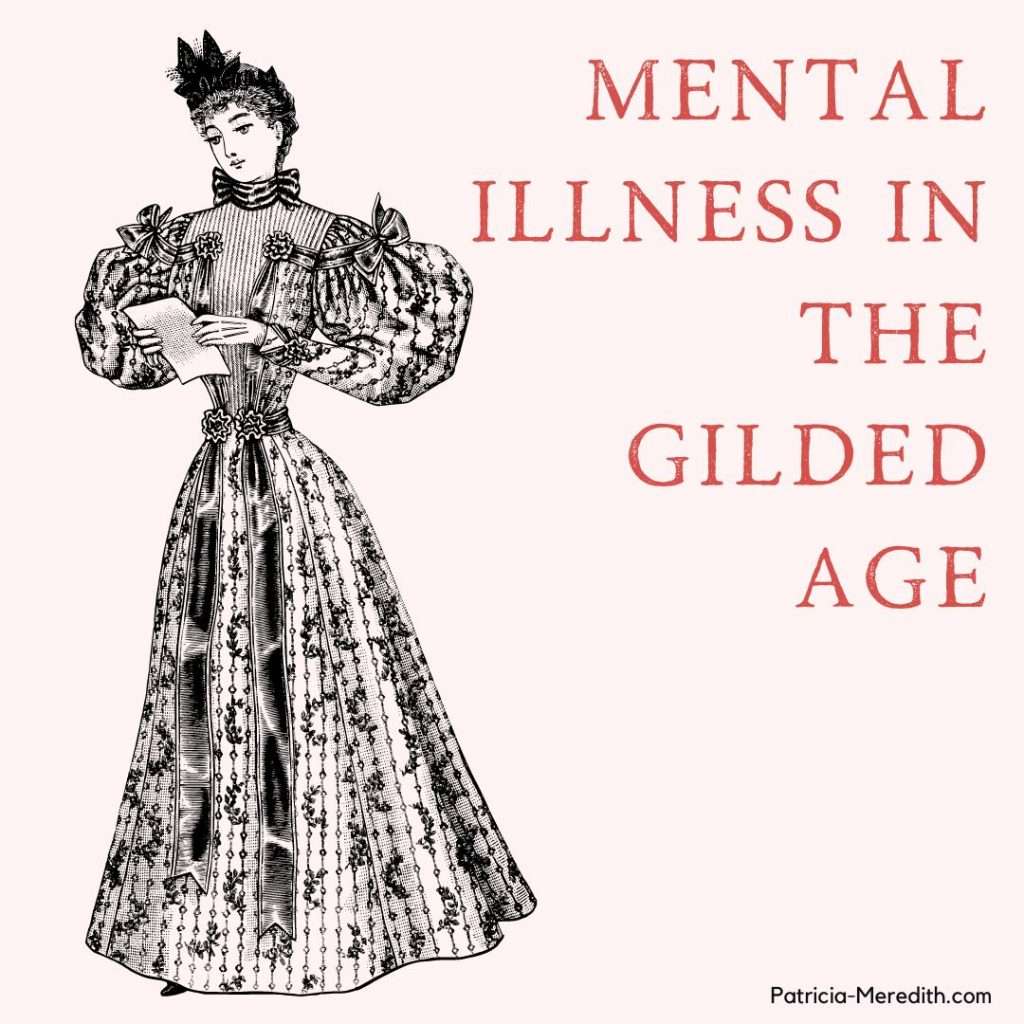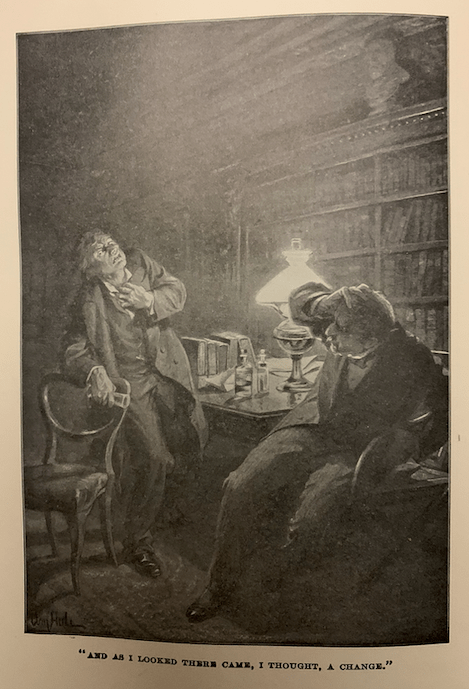Mental Illness in the Gilded Age
SPOILER ALERT!
If you have not read Butcher, Baker, Candlestick Taker, please do NOT read this post!

If you’ve read Butcher, Baker, Candlestick Taker, and have begun or finished Cupboards All Bared, you’ll know why I felt the need to share more information on the topic of mental illness in the Gilded Age. (You might also see what I’m attempting to show through the cover art thus far…)
With the upcoming release of Book 3, Crazy Maids in a Row, I felt it necessary to share certain links and information that might be interesting to readers, before we head into the asylum and the very depths of mental illness as understood in 1901.
It is an unfortunate truth that mental illnesses were only just beginning to be studied under a medical and scientific mindset, rather than a fantastical one, around the turn of the century.
Illnesses such as multiple personalities disorder often came to the public awareness first by way of a fictional representation.

Robert Louis Stevenson’s famous novella The Strange Case of Dr. Jekyll and Mr. Hyde was published in 1886, and is said to be inspired by a dream he had, though the dream was most likely inspired by articles published at the time concerning the mysterious cases of Felida and Vivet.
In Cupboards All Bared, I made it a point to have a character who read scientific articles, and was capable of understanding them even if they were written in French. I needed this character to exist because I knew it would be important for modern-day readers to understand what my characters living in 1901 knew regarding mental illness.
From what I could find, little to nothing was known in America at the turn of the century regarding multiple personalities disorder.
In Cupboards All Bared, I made sure to only reference articles available circa 1901 regarding “multiple personalities” or “double consciousness.” I wanted to ensure my characters were provided the information that would only be historically available to them at that time, as there are many things we know now that they wouldn’t have known then.
Primarily my research relied on two articles. The first is “Amnesic periodique ou de dedoublement de la vie” originally published in Revue Scientifique in 1876 by a Dr. Azam and translated into English and republished in The Journal of Nervous and Mental Disease. You can read the original article here. Founded in 1874, The Journal of Nervous and Mental Disease is “the world’s oldest independent scientific monthly in the field of human behavior.”
Dr. Azam’s research focused on a young French woman named Felida who presented dual states, remaining unaware of the alternate personality when in the secondary state. Her two states were completely different from each other, one state even being capable of speaking another language and having abilities like playing the piano that the first state did not know.
A brief examination of Dr. Azam’s Felida X case can be found here, published in 1904 by Boris Sidis, Ph.D. & Simon P. Goodhart, M.D. Entitled “Multiple Personality: An experimental investigation into human individuality,” this article once more reveals some of the interpretations and thoughts regarding double personality in my focus time period.
The other central article to my research was this article published in Dissociation in 1997. In this article, Dr. Azam’s research regarding Felida X was referenced (which was how I found the original article), as well as Dr. Camuset’s research into the Frenchman Vivet, coming from “Un cas de dedoublement de la personnalite; piriode amnesique d’une annie chez unjeune homme” in the Annales Médico-Psychologiques by Dr. Camuset.
In the 1997 article, Dr. Camuset’s research was repeatedly referenced, drawing quotes and paraphrasing from this bibliographic listing: Camuset, L. (1882). Un cas de dedoublement de la personnalite; piriode amnesique d’une annie chez unjeune homme. Annales Médico-Psychologiques, [edition?] 40, 75-86. I was unable to find a copy of the original article published in 1882, but I was able to piece together his research through this paper.
Vivet is an unfortunate case where his multiple personalities—there were as many as perhaps ten by the end—were most likely manifested and emphasized due to electric shock therapy and other horrific practices by the researching doctors.
Meanwhile, in the Pullman Herald, there was an article published on 7 April 1893 regarding “Dual Personality: Residual Phenomena of the Mind in Sane People” which seemed to suggest “dual personality” was nothing more than comparable to sleepwalking or the distracted state of the average creative-type!
I describe these articles in summary in Cupboards All Bared, and together they helped inform Roslyn and her research in the book. All of this comes to a head, of course, when we head to the Medical Lake Asylum in Book 3, Crazy Maids in a Row!
I hope this blog has helped you to see the extent to which I’ve gone in my research to ensure an accurate, historical portrayal of mental illness in my books. If you didn’t heed my warning, and you haven’t read my books, I recommend reading the first two books in the Spokane Clock Tower Mysteries before continuing to the newest release:
Crazy Maids in a Row, coming October 25th!


One Reply to “Mental Illness in the Gilded Age”
Thanks for sharing the information,